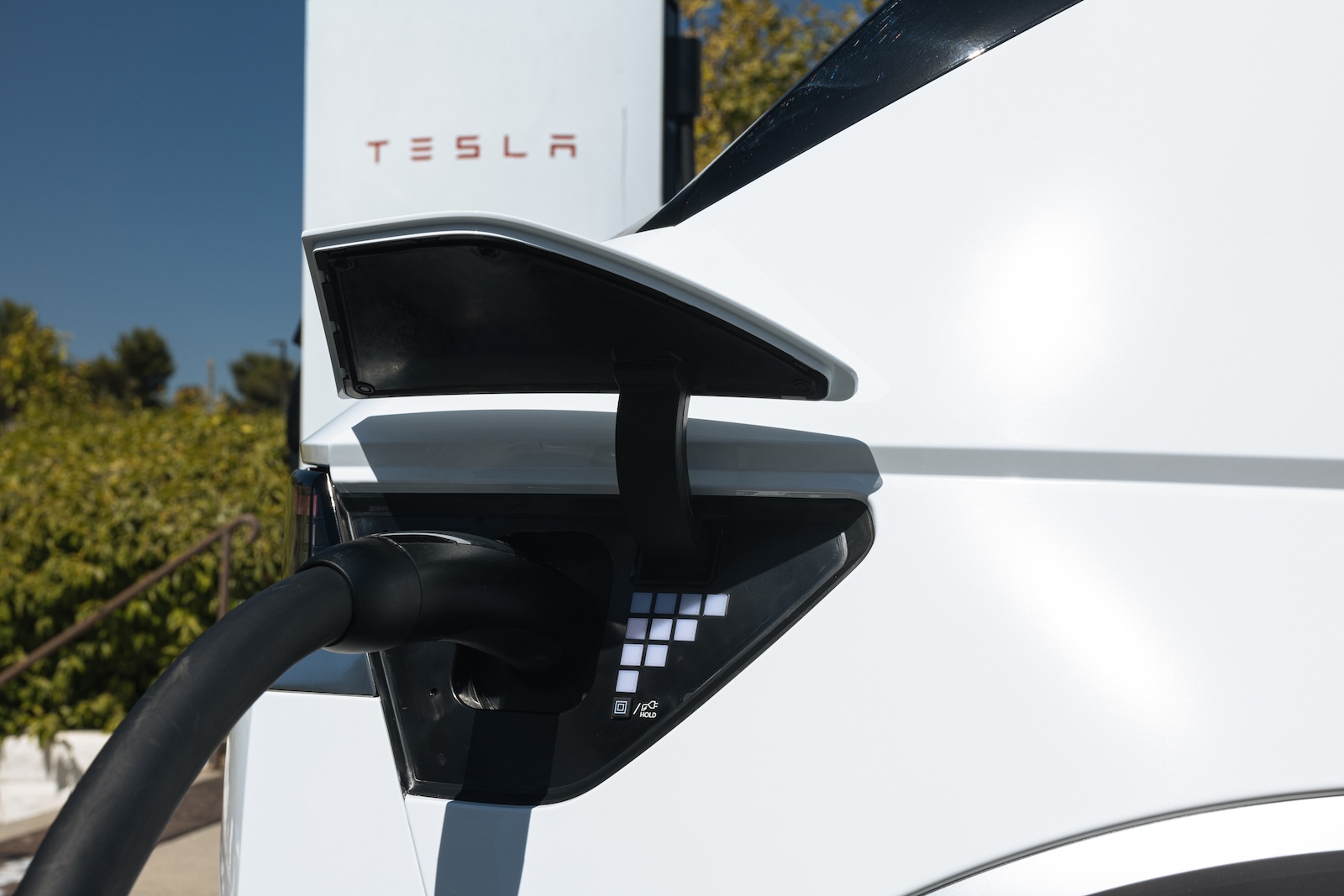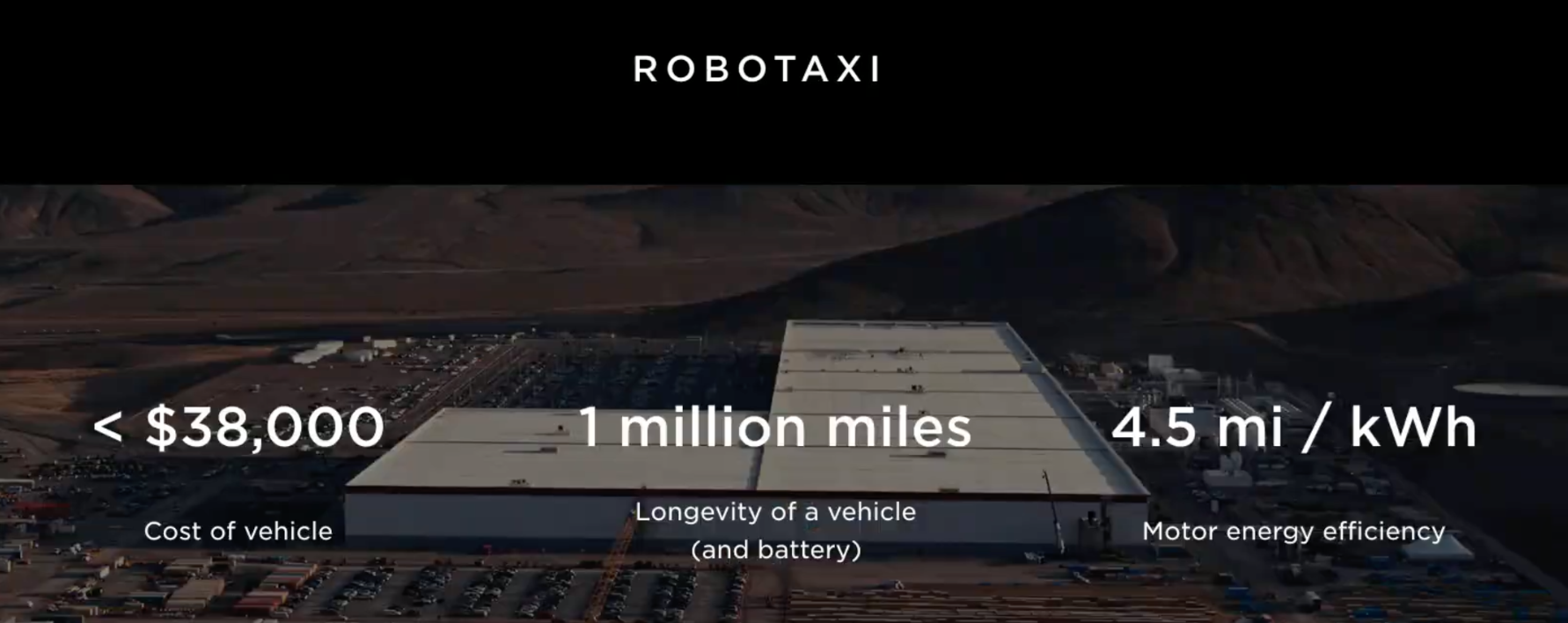
European Policy Makers Giving Too Much Credence To DNV Offshore Hydrogen Report
A few days ago, I dug through a DNV report on manufacturing offshore hydrogen with electricity from offshore wind farms. The basic conclusion was embodied in the headline: “Offshore Hydrogen Would Be 10x Cost Of Already Expensive LNG, Yet Europe Is Serious About It.” The €3.21 per kilogram of green offshore hydrogen the report came up with as it’s cheapest scenario already made the report’s conclusions nonsensical, but it’s interesting to look at the oddities in assumptions that led to offshore being cheapest.
In the original article, I noted some of the assumptions it made, and that led me to thinking more about the table of metrics it used to make the bold claim that offshore manufacturing of hydrogen would be the cheapest form of green hydrogen in the future and that Europe should lean heavily into it. Those assumptions included hydrogen being a primary carrier of energy instead of an industrial feedstock, the resultant use of MWh and GWh as the units for hydrogen, seven to twelve times the requirement for hydrogen when major demand areas are going to shrink, and the odd assertion that moving molecules through pipelines was more efficient than moving electrons through HVDC.
That last one was interesting, as HVDC losses over 1,000 km are in the range of 3% to 3.5%, but the report in the appendices on page 68 indicates losses of 6.5% over 150 km for that form of transmission between the line and the conversion stations. That’s quite extraordinarily different from what the transmission industry sees. By contrast, they claim that total losses of the pipeline and compressors for hydrogen is only 1.5%. And apparently this odd mismatch is a big factor.
“This is mainly due to the more compact nature of pipelines compared to cables and the higher efficiency of offshore electrolysis, given that less electricity will be lost in transit as long distance electricity cables will not need to be used.”
Given that the primary authors are oil and gas and hydrogen types, perhaps they have just a bit of vested interest in eking out every advantage for their preferred technology and a bit of a challenge with HVDC, which is of course the new pipeline.
They also claim that pipelines — you know, those big honking steel tubes with concrete footings every few yards — require less space than HVDC cables. This appears to be like the odd claims of the nuclear industry that space requirements are a huge factor. They seem to think that electrical substations are huge and pipelines landing areas are small, when in reality, they are both pretty small.
But comments in subsequent days got me thinking about some of the other assumptions on page 68. One was that underwater pipelines cost less to build and operate than HVDC lines on a per kilometer per MW of capacity basis. How much cheaper? Well, in the DNV report world, the capital cost per MW of capacity per kilometer for an underwater hydrogen pipeline — and as a reminder, underwater hydrogen pipelines don’t exist, and hydrogen pipelines barely exist — are €500 to €615 , while HVDC is €800. Then the HVDC conversion stations cost €885,000 per MW while the hydrogen compression only costs €15,000 per MW.
Then there’s the operational expense. Did you know it’s much more expensive to operate HVDC cables that just sit there with no moving parts and very limited inspection requirements as opposed to pipelines with lots of moving parts in the compressors, pipeline inspection pigs, and external inspection requirements? That seems quite odd, yet they peg total HVDC operational expenses at 6.8% of capital costs per year, while the pipeline’s equivalent total is only 5.5% including the offshore platform. And remember, because they’ve pegged the HVDC costs much higher, the extra 1.3% of operating expense is much bigger than that too.
As a reminder from the previous article, they make no reference to staffing in the report. Perhaps it’s subsumed in the operational expenses. An offshore platform with desalination, electrolysis, compression, and a bunch of other components is an industrial scale chemical manufacturing facility requiring a 24/7/365 staff. An offshore wind farm with HVDC connections to shore requires no permanent offshore staff. Yet somehow DNV numbers come out in favor of a massive, staffed industrial facility 100 km from shore.
Is this true? It’s hard to say. Like all numbers on page 68, they provide no reference to sources that arrive at these numbers. I was unable, after a couple of hours of Googling references, to validate them. The one external paper they cite, the DNV Energy Transition Outlook, contains exactly none of these numbers. I know, I went and looked. The numbers arrived at page 68 as if plucked from the ether to provide, barely, the remarkable complexity of manufacturing hydrogen offshore being the cheapest form of green hydrogen.

Anything else worth noting about the assumptions? Well, they make the claim that onshore solar to hydrogen electrolysis is by far the most expensive option in every modeling scenario, with offshore wind to hydrogen offshore being the cheapest in the future. What might they be basing this on? First, offshore wind capacity factors of 57% and a cost per MWh of €32.12 in 2030, lower than either onshore wind or solar.
Now, I love offshore wind energy, don’t get me wrong, and it does have high capacity factors. But the average for offshore wind is under 50%, and it’s difficult to image that it will be cheaper per MWh than onshore wind and solar. Yet that’s the claim made in the report to help justify making hydrogen 100+ kilometers from shore.
Anything else startling about the numbers? Yes, the 11% capacity factor for onshore solar photovoltaic. That’s about right for northern Europe, but given that the hydrogen or electricity is flowing south to big population centers, and solar photovoltaic can be built in the south near electrolysis plants, it’s a big part of the flaws with this report. Yes, the report artificially inflates onshore solar costs and deflates capacity factors compared to offshore wind.
This doesn’t mean that making hydrogen with solar power will be cheap, of course. But the report is really polishing every lever to ensure that the preordained conclusion is the one that’s delivered.
The lion’s share of the report, after the very odd manufacturing scenarios summaries, is about the non-existent but heavily hoped for by oil and gas types European hydrogen backbone of huge pipelines traveling thousands of kilometers, carrying hydrogen into every industrial and transportation hub on the continent. Eight pages set the stage for the deeply unlikely massive increase in hydrogen demand. Eleven pages are sufficient to dismiss all options for manufacturing hydrogen except offshore next to offshore wind energy. Five pages make it clear how much hydrogen could be manufactured offshore, requiring massive new pipelines.
And then nineteen pages are devoted to the non-existent but shiny proposed hydrogen pipeline backbone connecting Europe to new sources of molecules.
As I noted a year ago, claims of hydrogen pipelines being vastly cheaper per MW than HVDC are mostly based on bad system boundaries and terrible assumptions. A lot of that is due to the biases of the people doing the studies, of course.
To that point:
“The study has been carried out by DNV on behalf of GASCADE and Fluxys, a consortium of pipeline operators that intends to actively support Europe’s energy transition and move towards greater energy security.”
So DNV, which as I noted in the first article often does great work, was hired by pipeline firms with dollar signs dancing in their eyes to find that pipelines for hydrogen were obviously the best answer, and not just a few pipelines, but lengthy pipelines from major bodies of water all over Europe. DNV put a bunch of oil, gas, and hydrogen types on the job. Who would have thought that a report bought and paid for by pipeline builders and operators, staffed with people with a strong bias toward molecules for energy, would have found exactly what the buyers wanted?
But who would have thought European politicians weren’t capable of seeing through this? One assumes that they know exactly the provenance, but for reasons of their own, consider it sufficiently credible.
I don’t like paywalls. You don’t like paywalls. Who likes paywalls? Here at CleanTechnica, we implemented a limited paywall for a while, but it always felt wrong — and it was always tough to decide what we should put behind there. In theory, your most exclusive and best content goes behind a paywall. But then fewer people read it! We just don’t like paywalls, and so we’ve decided to ditch ours. Unfortunately, the media business is still a tough, cut-throat business with tiny margins. It’s a never-ending Olympic challenge to stay above water or even perhaps — gasp — grow. So …




